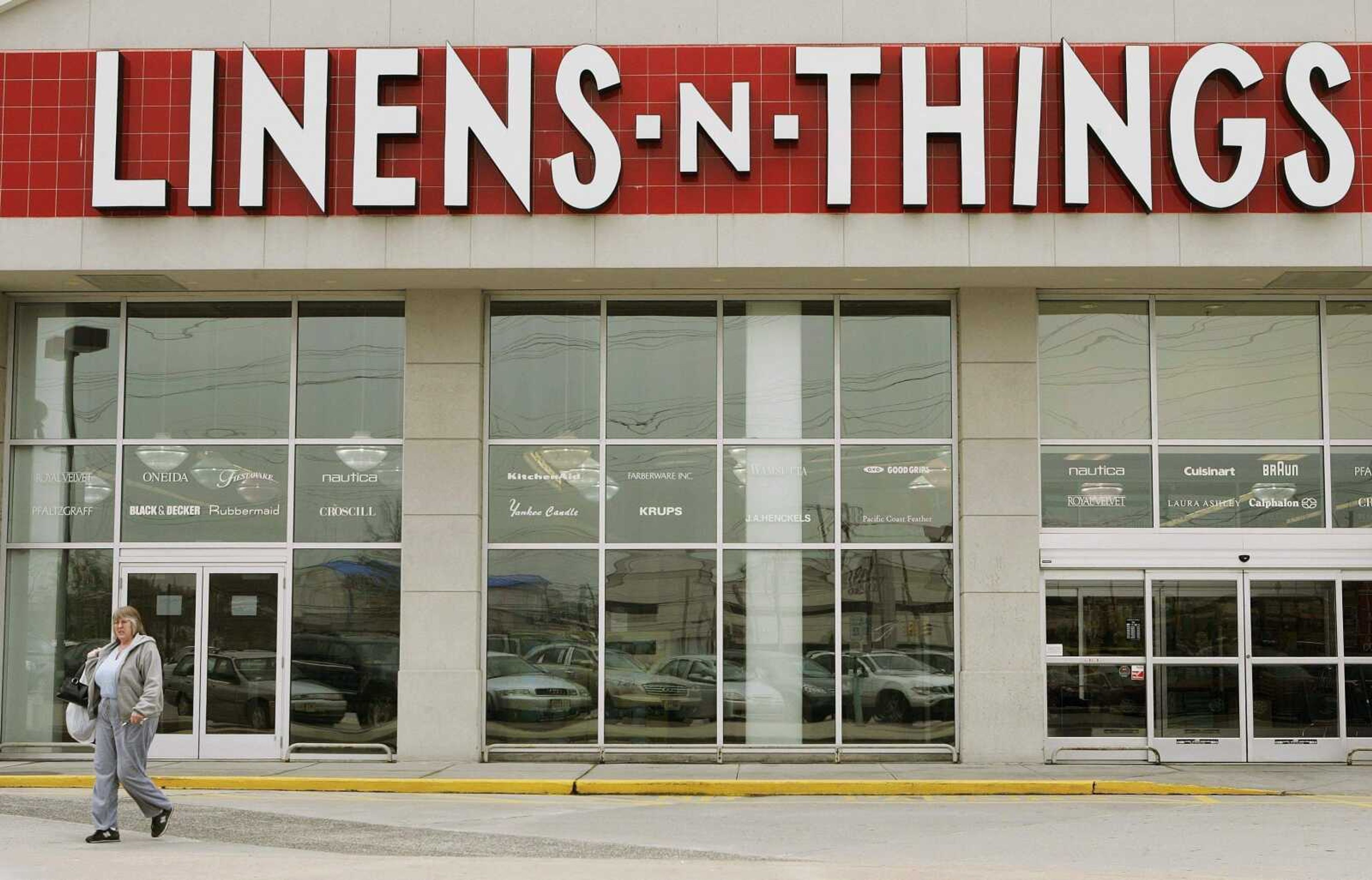Tough year ahead for commercial real estate
NEW YORK -- The balance of power between landlords and tenants will shift dramatically in 2009. For landlords, this promises to be a year of intense competition, more bankrupt tenants and tightfisted lenders. For renters, it looks like a time of abundant choices and tiny -- if any -- price increases...
NEW YORK -- The balance of power between landlords and tenants will shift dramatically in 2009.
For landlords, this promises to be a year of intense competition, more bankrupt tenants and tightfisted lenders. For renters, it looks like a time of abundant choices and tiny -- if any -- price increases.
From apartments to shopping malls, office towers to dockyard industrial space, the commercial real estate market will likely be marked by rising vacancy rates and weak to no rent growth. And the choke hold on credit could push many property owners that need to refinance into foreclosure.
Nearly 40 percent of real estate investors need to refinance part of their portfolios this year, according to more than 1,100 investors surveyed in October by Marcus & Millichap Real Estate Investment Services and National Real Estate Investor magazine. The investors also expect prices to decline 15 percent on average this year.
"It's hard to be an optimist right now," said Dan Fasulo, managing director of research firm Real Capital Analytics. "We're at the point where there's another potential systemic failure that the industry is trying to avoid."
Real Capital identified more than 1,000 large commercial properties nationwide, representing $25.7 billion, that are already bank-owned or the landlord is in default. But there are another $80.9 billion, or more than 3,700, properties that could potentially fall into trouble this year, the firm estimates.
Last month, a commercial real estate trade group appealed to the Bush administration for a slice of the $700 billion bailout of the financial services industry. The Treasury Department has yet to make a decision whether to include commercial property loans.
If the government doesn't come to the rescue, industry experts expect lenders to step up in aiding troubled property owners by offering maturity extensions or other workouts.
"Lenders don't want to run malls," said Victor Calanoog, research director at Reis Inc.
The crunch isn't just affecting landlords that need to refinance. Acquisitions have all but disappeared following a bang-up 2007. Fasulo said 50 large office properties traded hands nationwide in the month of November, the lowest level since the early 1990s when the industry was in a severe recession.
Falling real estate prices will only make it harder for landlords to refinance. Owners with less than 30 percent equity in a property will have to pay higher interest rates -- if they can get a loan at all.
Failed retailers like Linens 'n Things and Mervyn's have left many shopping mall owners with dark storefronts. Retail vacancy rates are forecast to climb to 11 percent this year, says Hessam Nadji, managing director at Marcus & Millichap. He also expects rents will decline between 4 and 6 percent as property owners contend with more tenant bankruptcies, store closures and fewer retailer expansions.
Office properties won't escape the recession unscathed either. Nadji expects office vacancies to rise to almost 18 percent by the end of the year, up from an estimated 15 percent at the end of 2008.
Some major financial centers, including Boston, New York, and Charlotte, N.C., will see much higher vacancies.
Already, the Manhattan office market is reeling from the financial carnage. In the last three months of 2008, nearly 2.4 million square feet of so-called "shadow space" or sublease space, came onto the market, according to real estate services firm FirstService Williams. Half of that came from the financial services industry.
Sublease space is often offered at below-market rents, which pressures other landlords to lower their rents. Nadji expects rental rates for office space to fall between 4 and 6 percent this year.
Industrial properties should fare a tad better than retail, but the recession is taking its toll on the manufacturing sector. Last month, manufacturing activity shrunk to its lowest level in 28 years. No industry -- from bakeries to cigarette-makers -- reported any gains in new orders, production, employment or prices.
Nadji expects the industrial vacancy rate to fall to almost 13 percent and rents to decline between 3 and 4 percent.
Compared to those ugly numbers, the apartment market looks quite attractive. The vacancy rate is expected to rise to roughly 8 percent by the end of the year and rents will be flat, Nadji said.
In fact, the dismal housing market is helping apartment owners. Foreclosures are driving many homeowners back into rental apartments. At the same time, plenty of renters who could afford to buy a home are waiting for housing prices to stabilize.
One sliver of hope for the industry is the lack of overbuilding during the last boom. High construction and labor costs kept a lid on rampant development, and, in many areas, homebuilders often outbid commercial developers for land.
But the welfare of commercial real estate trails the rest of the economy, so landlords might not get any relief for another two years.
"If the economy recovers late this year," said Robert Bach, chief economist at Grubb and Ellis Co. "Our industry will still have a ways to go before it will recover."
Connect with the Southeast Missourian Newsroom:
For corrections to this story or other insights for the editor, click here. To submit a letter to the editor, click here. To learn about the Southeast Missourian’s AI Policy, click here.







